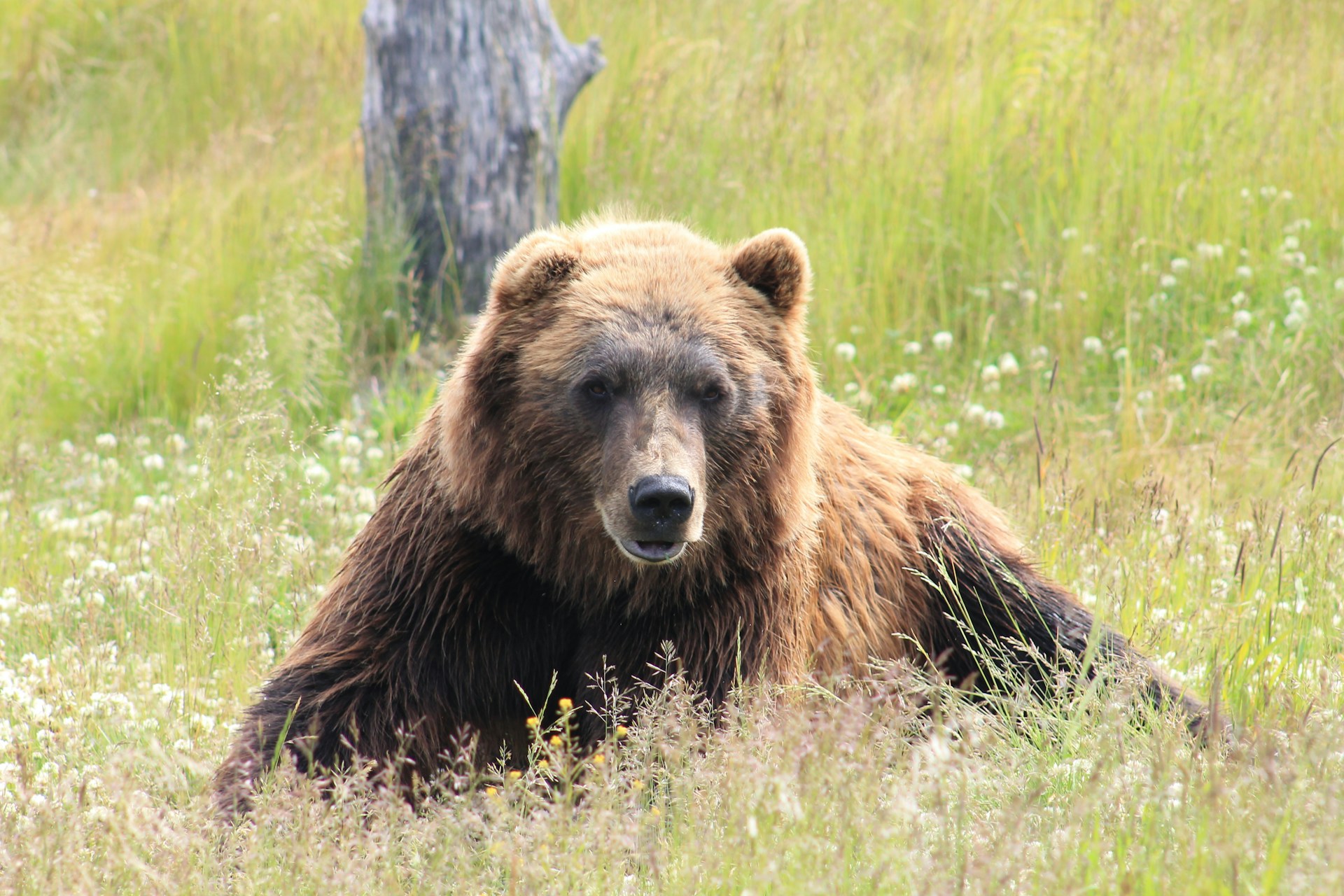When venturing into the wilderness for a camping trip, we often seek solitude and connection with nature. However, it’s crucial to remember that we’re visitors in the home of many wild animals, including potentially dangerous predators like bears, wolves, and mountain lions. Creating a campsite that minimizes attractants for these animals isn’t just good etiquette—it’s essential for your safety and the well-being of wildlife.
Animals that become habituated to human food often become problematic and may ultimately be euthanized. By following proper precautions, you can enjoy your outdoor adventure while respecting the wild creatures whose territory you’re sharing.
Understanding Animal Attractants
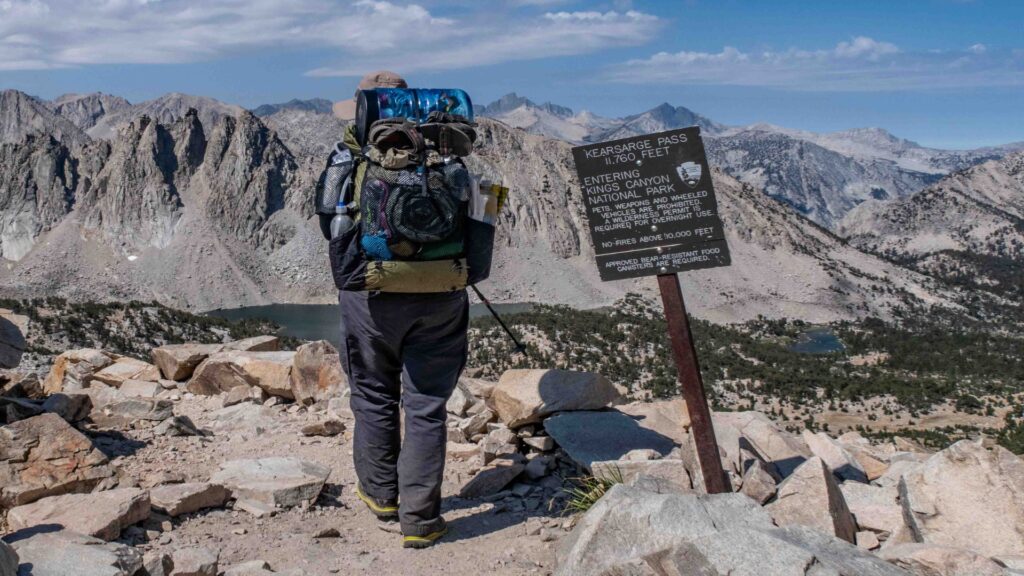
Wild predators, particularly bears, have incredibly sensitive noses that can detect food odors from miles away. These animals are naturally curious and opportunistic, meaning they’ll investigate any potential food source, especially those with high caloric value like human foods. It’s not just the obvious items like your cooler full of hamburgers that attract wildlife—toothpaste, deodorant, soap, and even lip balm contain scents that may pique a predator’s interest.
Animals that discover human food tend to associate campsites with easy meals and may return repeatedly, putting both humans and animals at risk. Understanding what attracts these animals is the first step in creating a safer campsite environment.
Proper Food Storage Techniques
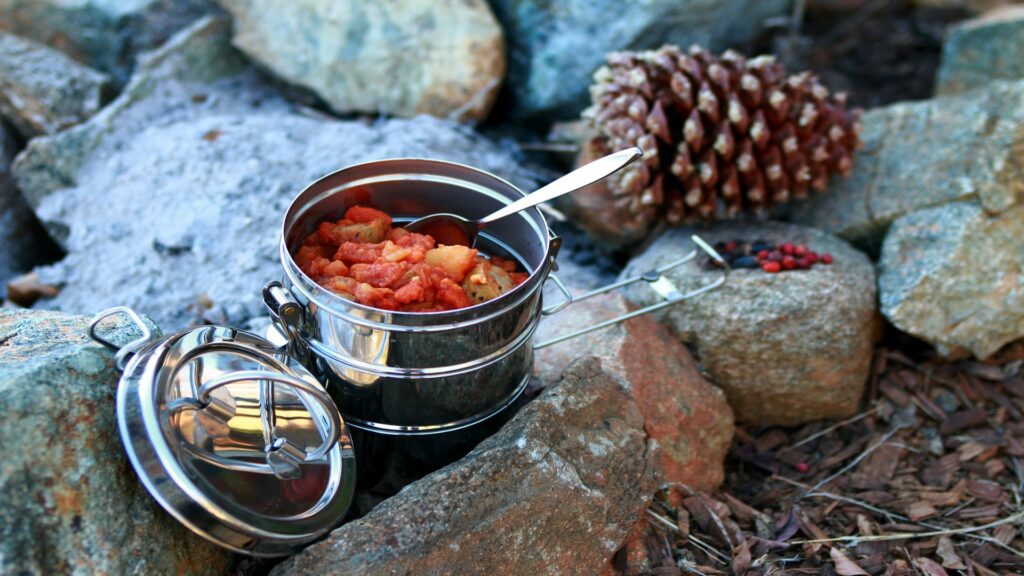
The cornerstone of wildlife-safe camping is proper food storage, particularly in bear country. In many wilderness areas, bear-resistant food containers (bear canisters) are required by law and must be stored at least 100 feet away from your sleeping area. Alternatively, hanging food bags from trees using the “triangle method”—suspending food at least 10 feet high and 4 feet away from any trunk—can be effective where bears aren’t accustomed to defeating these systems.
Some established campgrounds provide metal food lockers specifically designed to withstand curious bears. Remember that coolers, even when empty, can retain food odors and should be stored properly along with all other food items. Never leave food unattended, even during daylight hours, as opportunistic animals may strike quickly.
Creating a Clean Cooking Area
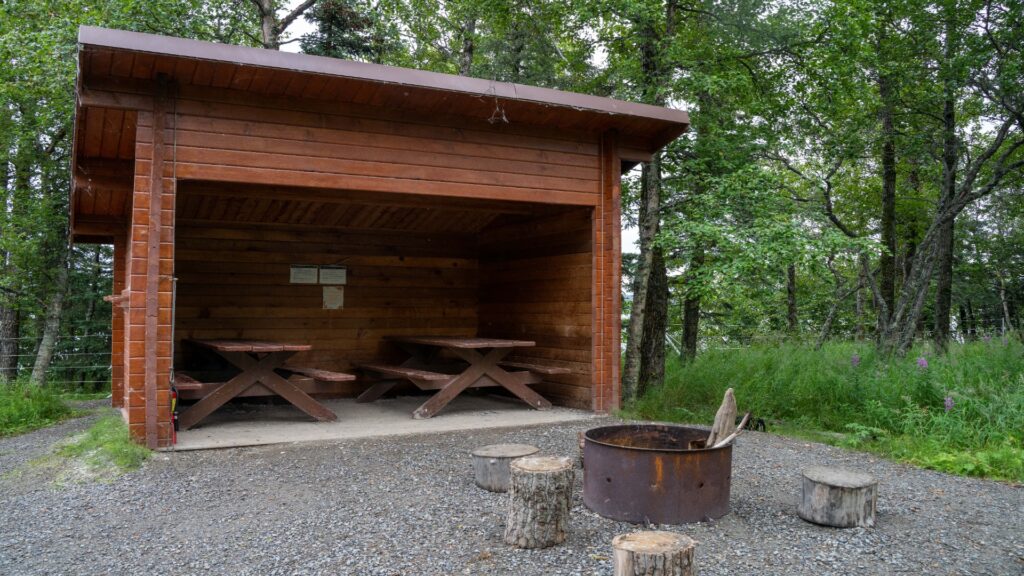
Your cooking area should be established at least 100 feet away from your sleeping area to create a safety buffer between where food odors concentrate and where you’ll be most vulnerable during the night. When cooking, minimize food spills and clean up thoroughly, as even small amounts of grease on rocks or soil can attract animals long after you’ve moved on. Dispose of dishwater by straining food particles (pack them out) and scattering the water widely, rather than creating a concentrated area of food smells.
Consider using a designated set of cooking clothes that can be stored with your food at night, separate from your sleeping clothes, to minimize food odors in your tent. This separation of cooking and sleeping areas is one of the most effective strategies for reducing wildlife encounters.
Managing Trash and Food Waste
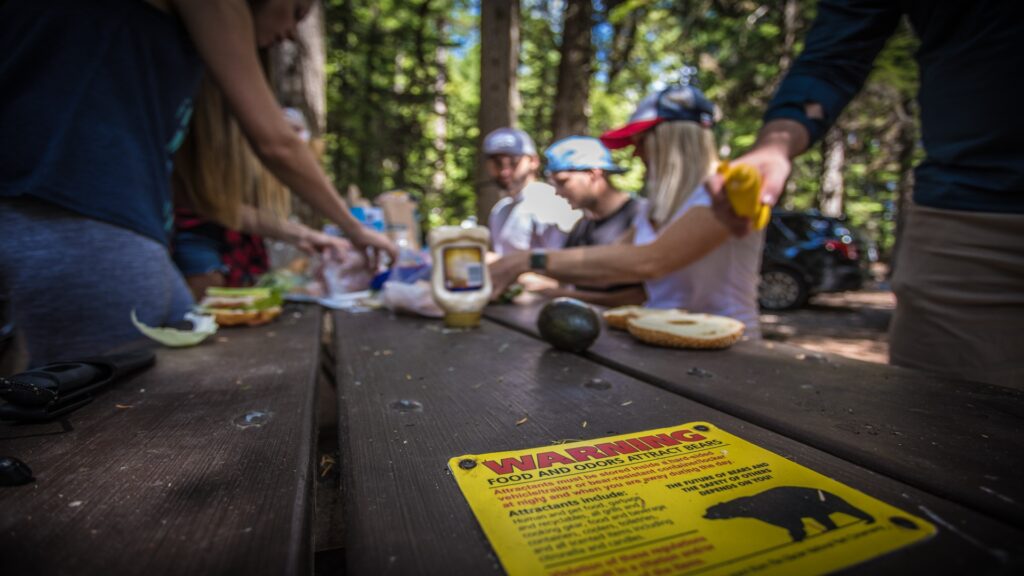
Proper trash management is crucial for keeping predators away from your campsite. Use sealed, odor-proof bags specifically designed for backcountry waste storage, and double-bag particularly smelly items. Never bury food waste or toss it into the woods, as this teaches animals to associate campsites with food and can disrupt their natural diets. Even seemingly harmless biodegradable items like apple cores or orange peels should be packed out.
In established campgrounds, use provided animal-resistant trash receptacles, ensuring they’re properly closed after each use. Remember that tin cans and packaging may retain food odors even when they appear empty, so these items must be stored securely along with your food. The mantra “pack it in, pack it out” should guide all your waste management decisions.
Securing Toiletries and Scented Items
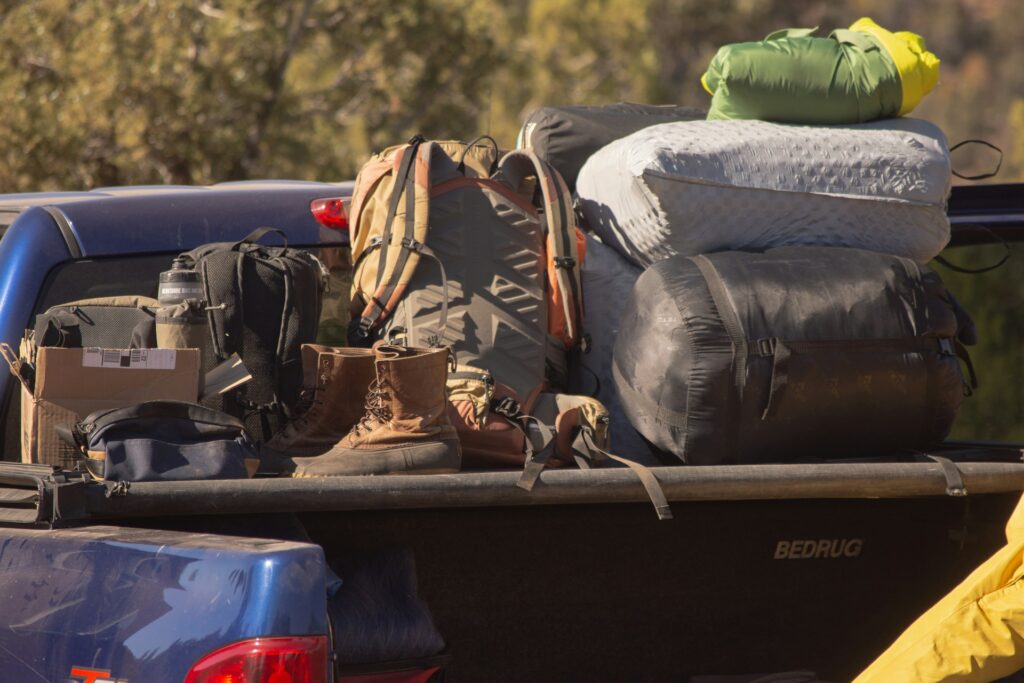
Many campers don’t realize that personal care products can be significant wildlife attractants. Toothpaste, deodorant, soap, perfume, and even some medications have scents that may interest predators. Store all toiletries with your food, away from your sleeping area, using the same secure methods. Consider bringing fragrance-free versions of essential products or repackaging items in smaller containers to minimize what you need to carry and secure.
Menstrual products are particularly attractive to bears and should be stored with special care; some wilderness areas recommend using internal products and packing out all waste in sealed containers. Clothing that has absorbed cooking odors or food spills should also be stored away from your sleeping area or sealed in odor-proof bags.
Setting Up a Strategic Campsite Layout
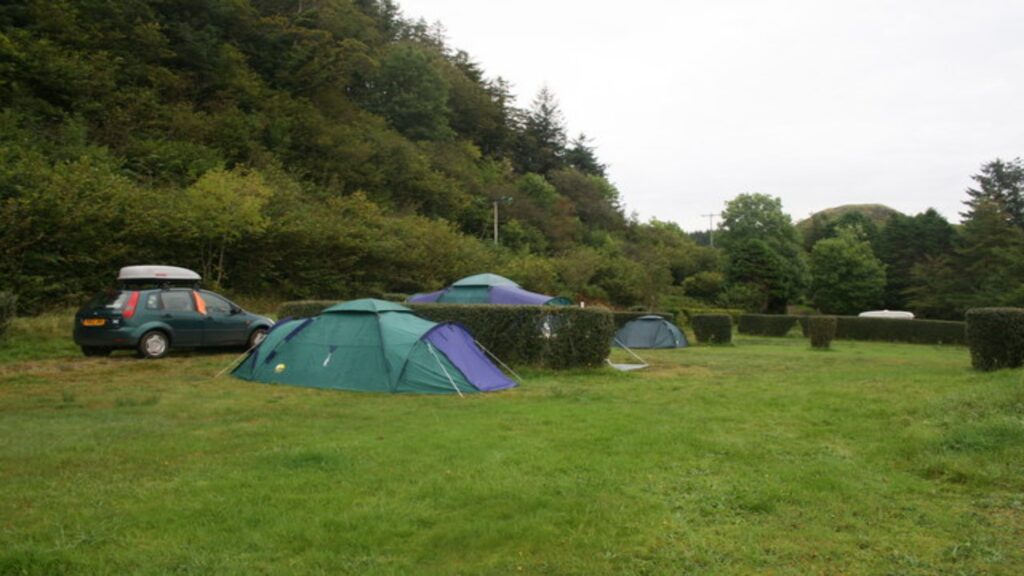
The layout of your campsite can significantly impact its attractiveness to wildlife. Establish a triangle of safety with at least 100 feet between your sleeping area, cooking area, and food storage location. This separation ensures that if an animal is drawn to food odors, your tent won’t be in its immediate path.
Avoid camping near game trails, berry patches, or recent animal sign, as these indicate active wildlife areas. Choose open areas where you can maintain good visibility and be aware of approaching animals. Position your tent away from dense vegetation that could conceal approaching wildlife. Some campers prefer to set up their sleeping area slightly uphill from cooking areas, as scents typically travel downward with cooling evening air.
Keeping a Clean Sleeping Area
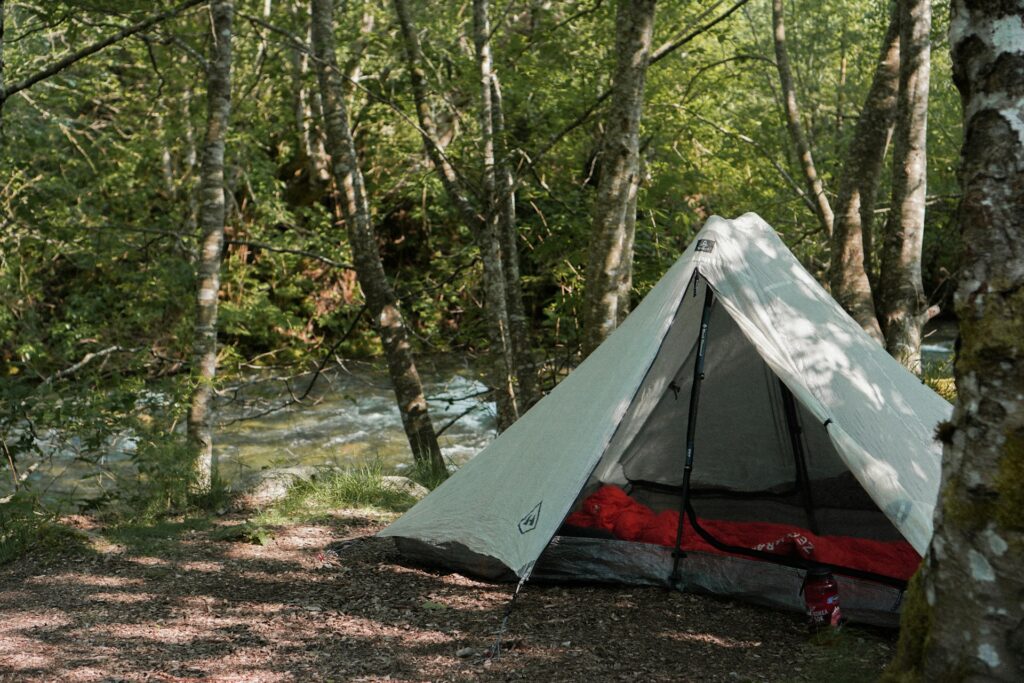
Your tent should be a sanctuary completely free of food and scented items. Never eat inside your tent, as food crumbs and odors can linger and attract curious animals. Similarly, avoid storing any food, toiletries, or scented items like gum or chapstick in your tent, sleeping bag, or backpack if it will remain in your sleeping area. Change out of cooking clothes before entering your tent to avoid transferring food odors to your sleeping area.
Some experienced backcountry campers even recommend using a tent specifically for sleeping and a separate shelter for food preparation and storage to maintain this separation. If you’re camping with children, be particularly vigilant about enforcing these rules, as little ones may not understand the dangers of sneaking snacks into sleeping areas.
Timing Your Meals Strategically
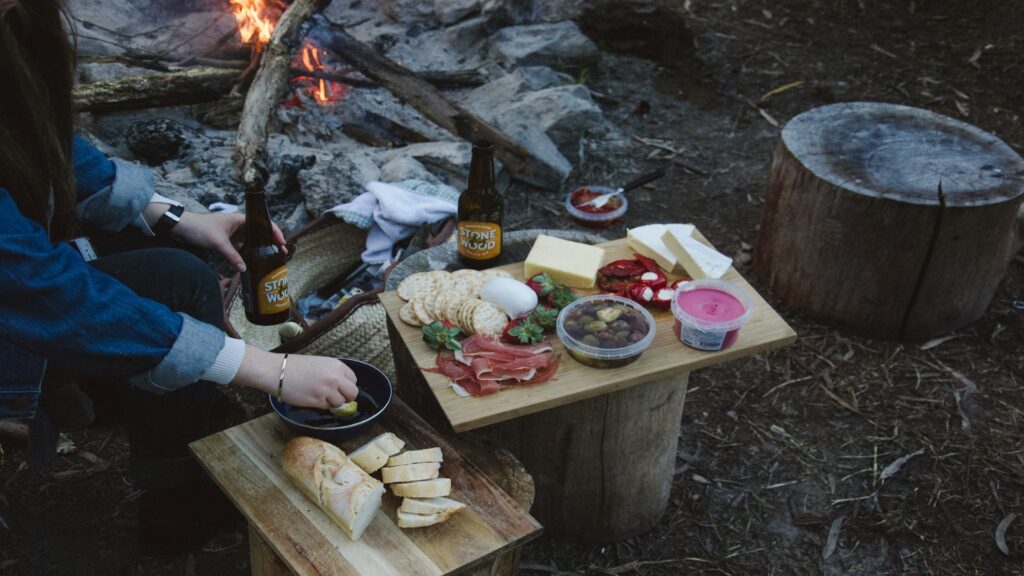
When you eat can be almost as important as how you store your food afterward. Try to complete your cooking and eating well before dusk, which gives you ample time to clean up thoroughly and secure all food items before nightfall, when many predators become more active. Consider preparing simple, low-odor meals that require minimal cooking time and produce less lingering aroma. Strongly aromatic foods like bacon, fish, or heavily spiced dishes create powerful scent trails that may draw wildlife from considerable distances.
Planning one-pot meals can also minimize the amount of cleanup required and reduce the chances of food spills around your campsite. If you must eat after dark, be especially vigilant about immediate and thorough cleanup.
Using Bear Spray Effectively
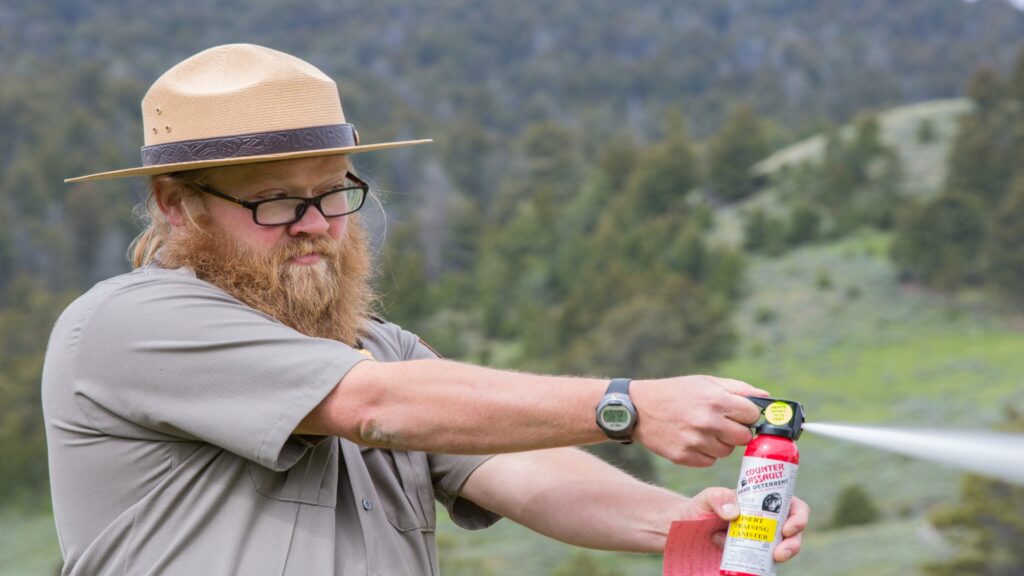
Bear spray is an essential safety tool in bear country, but it’s meant as a last resort, not a substitute for proper food storage and campsite management. Purchase bear spray specifically formulated for defense against bears (regular pepper spray is insufficient), and ensure it’s not expired. Keep the spray accessible at all times, including inside your tent at night, but never in the bottom of your backpack where you can’t quickly retrieve it. Practice drawing the spray and removing the safety clip so you can deploy it rapidly if needed.
Bear spray creates a powerful deterrent cloud that affects a charging bear’s sensitive respiratory system and eyes, giving you precious time to retreat to safety. Remember that bear spray is a defensive tool, not a repellent to be applied to your body or equipment.
Making Noise Appropriately
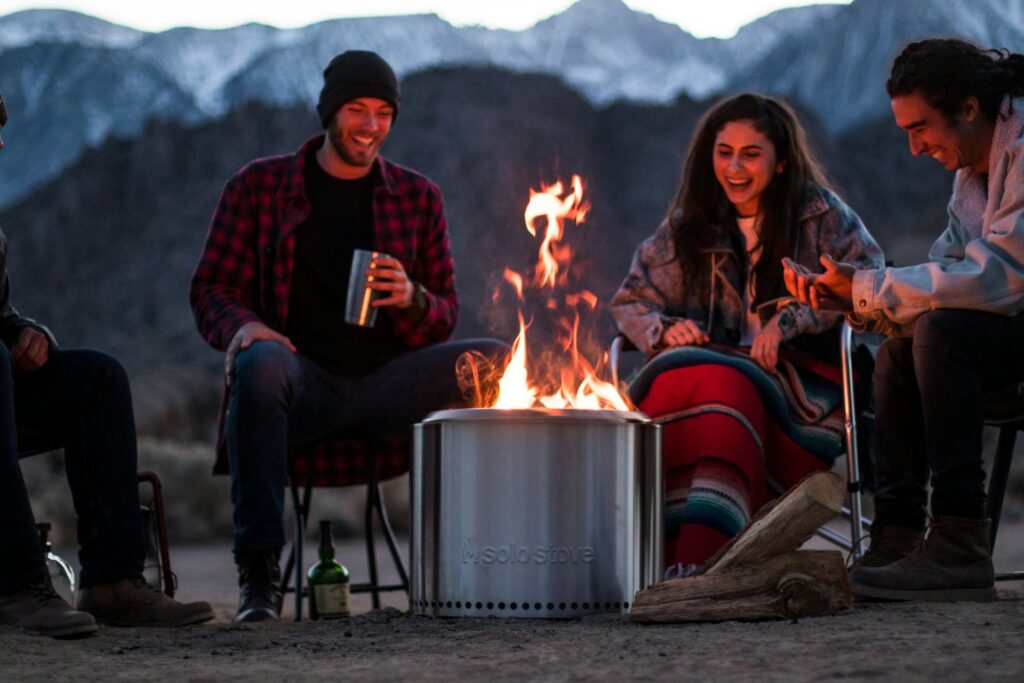
Most predators prefer to avoid human encounters and will steer clear if they know humans are present. While hiking to and from your campsite, make regular noise through conversation, occasional calls, or singing, especially in areas with limited visibility or near rushing water that might mask your approach. However, once in camp, excessive noise isn’t necessary and may disturb other campers or wildlife unnecessarily. Some campers use bear bells, though their effectiveness is debated, with many wildlife experts suggesting that human voices are more recognizable and effective.
If camping in an established area known for wildlife activity, ask local rangers about specific noise recommendations, as approaches may differ depending on the species present. Remember that the goal is to avoid surprising animals, not to create constant disruption.
Respecting Local Regulations and Guidelines
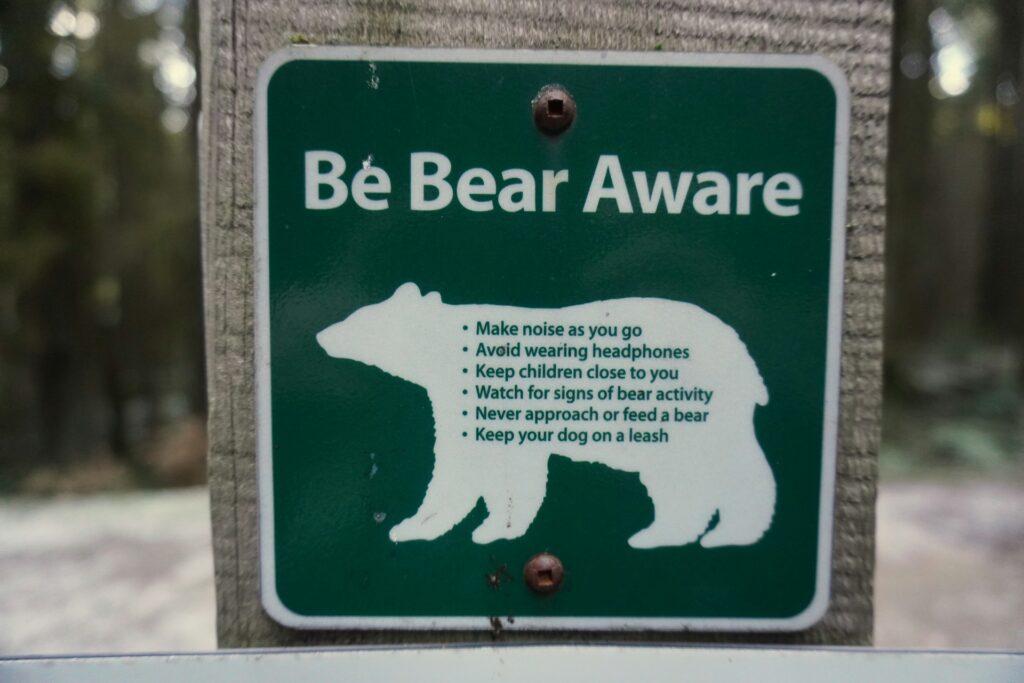
Wildlife management policies vary significantly between different parks, wilderness areas, and regions. Before your trip, research the specific regulations for your destination, as some areas have mandatory food storage requirements, designated cooking areas, or even closures due to recent predator activity. Ranger stations typically provide the most current information about wildlife sightings and specific precautions for the area you’ll be visiting.
In some high-use wilderness areas, you may be required to use only designated campsites equipped with food storage facilities. These regulations exist to protect both visitors and wildlife, and violations can result in substantial fines. Additionally, speaking with experienced local rangers can provide invaluable insights beyond what’s written in official guidelines.
Adapting Strategies for Different Predators
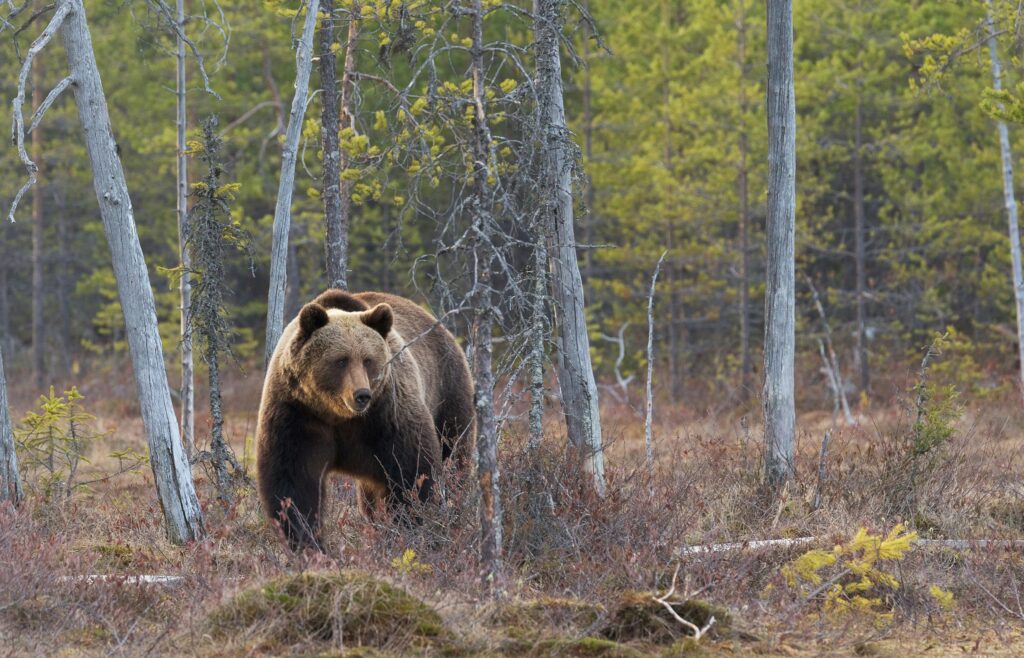
While bears receive the most attention in discussions about campsite safety, other predators require consideration as well. Mountain lions are primarily attracted to movement rather than food smells, so maintaining awareness of your surroundings and traveling in groups are effective deterrents. Wolves may be drawn to pets, so keeping dogs leashed and supervised is essential in wolf country. Smaller predators like raccoons, foxes, and coyotes can be persistent food thieves but are typically less dangerous to humans than larger predators.
However, they can still damage equipment, spread trash, and potentially transmit diseases, so the same food storage principles apply. Research the specific predators common to your destination and understand their particular behaviors and deterrents for the most effective protection strategy.
Teaching Children Proper Wilderness Etiquette
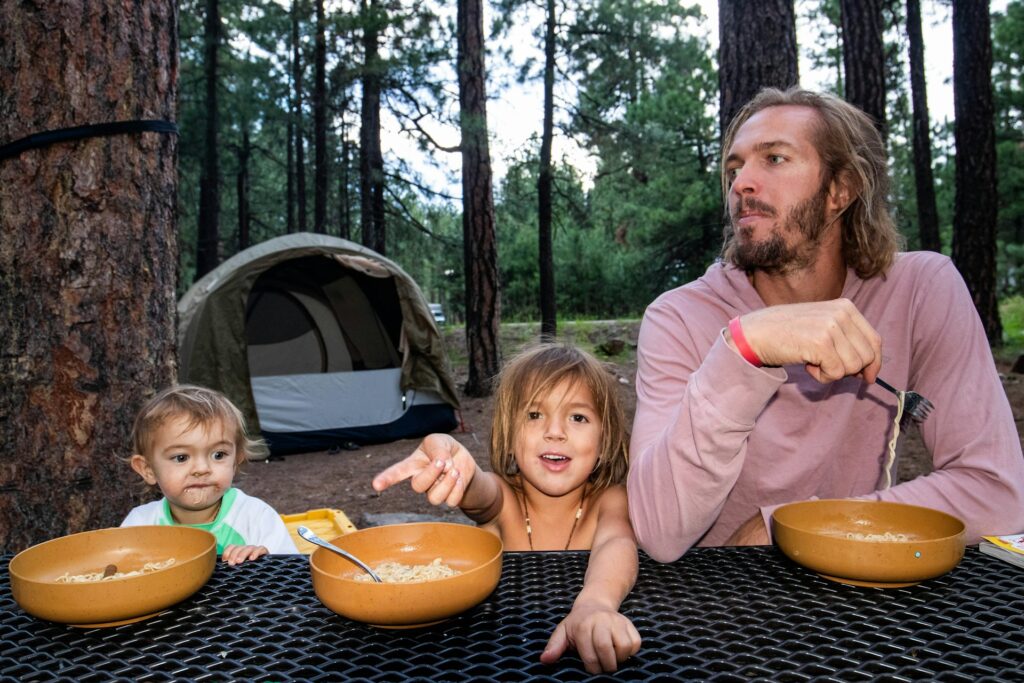
Camping with children requires special attention to wildlife safety rules. Before your trip, explain to children in age-appropriate terms why food storage rules are important, emphasizing that proper behavior protects both them and the animals. Establish clear boundaries around the campsite and ensure children understand never to approach wildlife, no matter how harmless they may appear. Create simple, memorable rules like “No food in the tent, ever” and “Always stay within sight of an adult.”
Consider giving children specific wildlife-safe responsibilities appropriate to their age, such as helping inspect the campsite for dropped food items before bedtime. These early lessons in responsible wilderness etiquette can foster a lifetime of respect for wildlife and safe outdoor recreation.
What to Do If You Encounter a Predator
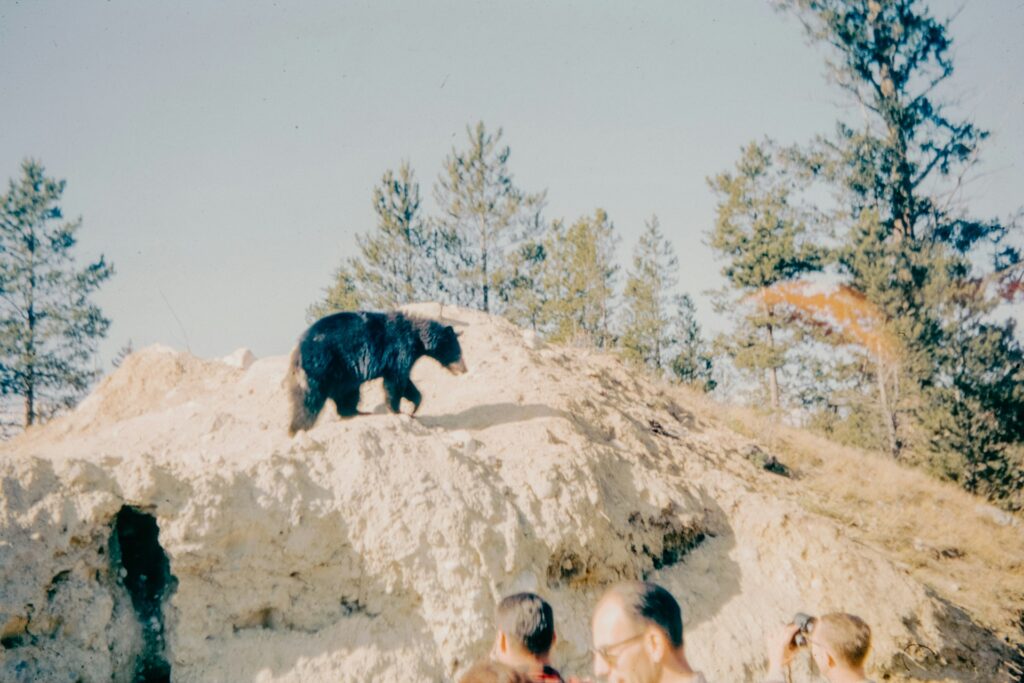
Despite your best preventative efforts, wilderness travel occasionally leads to wildlife encounters. If you see a predator near your campsite, remain calm and assess the situation carefully. For most encounters, slowly backing away while facing the animal and speaking in a calm, firm voice will allow the animal to leave without incident. Never run, as this can trigger a chase response in many predators. If a bear or mountain lion appears aggressive, make yourself look larger by raising your arms and opening your jacket, group together with your travel companions, and prepare bear spray if available.
Different responses are appropriate for different species and scenarios—black bear encounters differ from grizzly encounters, for instance—so research specific recommendations for wildlife in your camping area. Report any aggressive animal behavior to park rangers immediately.
Conclusion
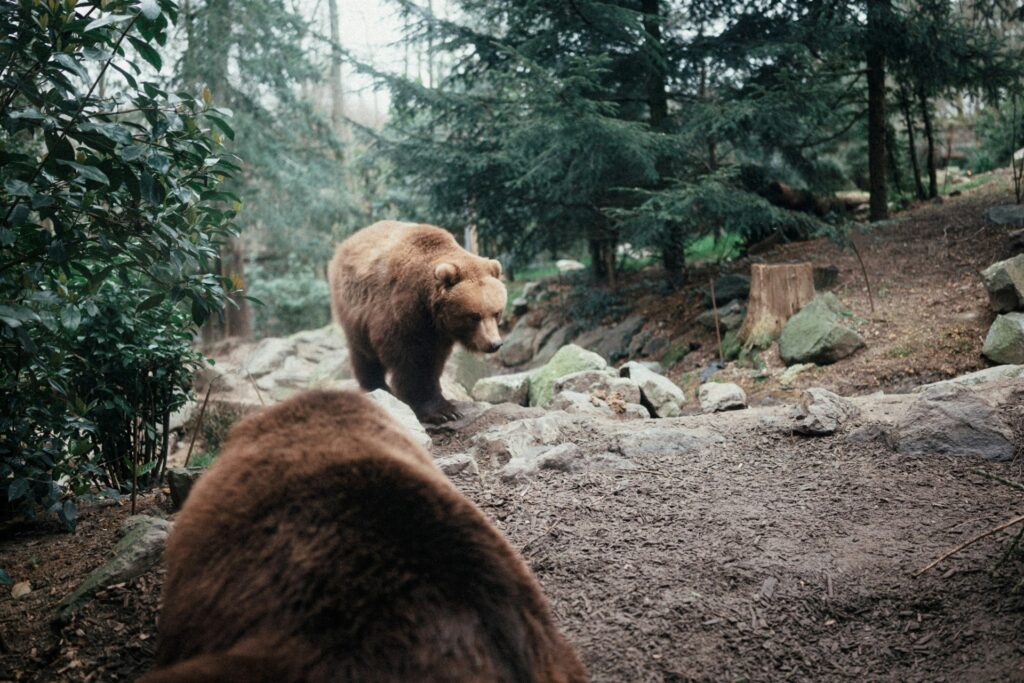
Creating a campsite that minimizes attractants for bears and other predators requires attention to detail and consistent application of safety practices. By properly managing food, scents, and waste, you not only protect yourself but also help preserve the natural behavior of wild animals. Remember that animals conditioned to seek human food often meet tragic ends, making your diligence an act of conservation as well as self-preservation.
The wilderness offers unparalleled opportunities for connection with nature, and with the right precautions, you can enjoy these experiences while respecting the wild creatures that call these places home. The extra effort of wildlife-safe camping practices is a small price to pay for the privilege of sharing these magnificent landscapes with their natural inhabitants.

